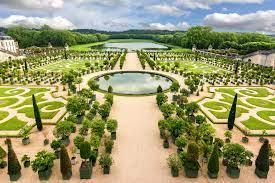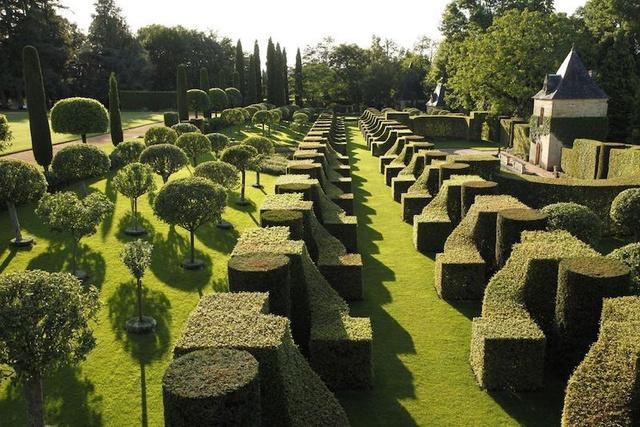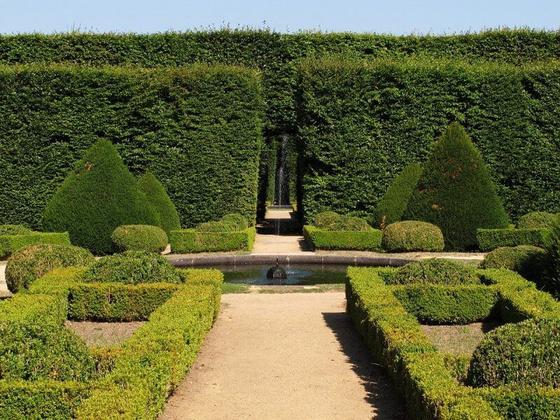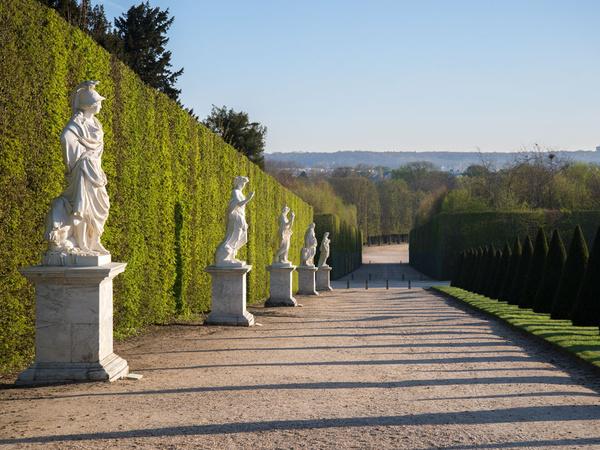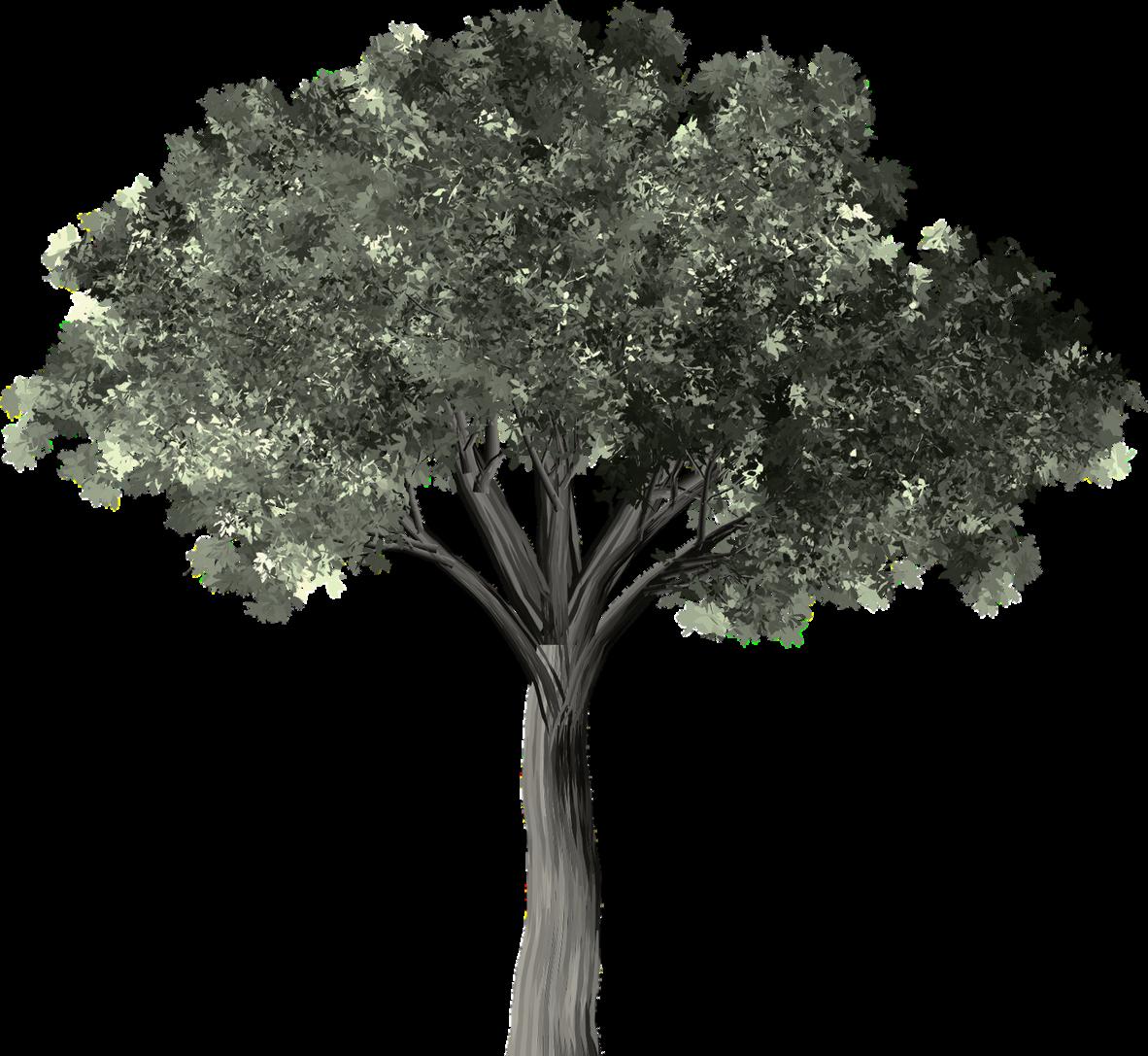
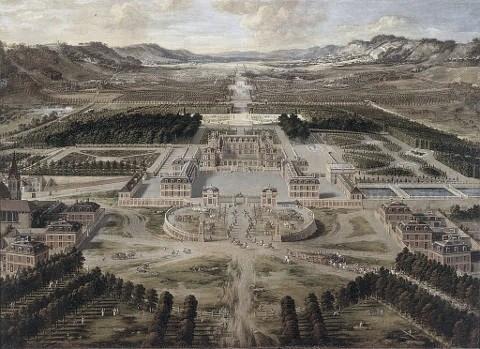



THIRDYEAR2023-2024
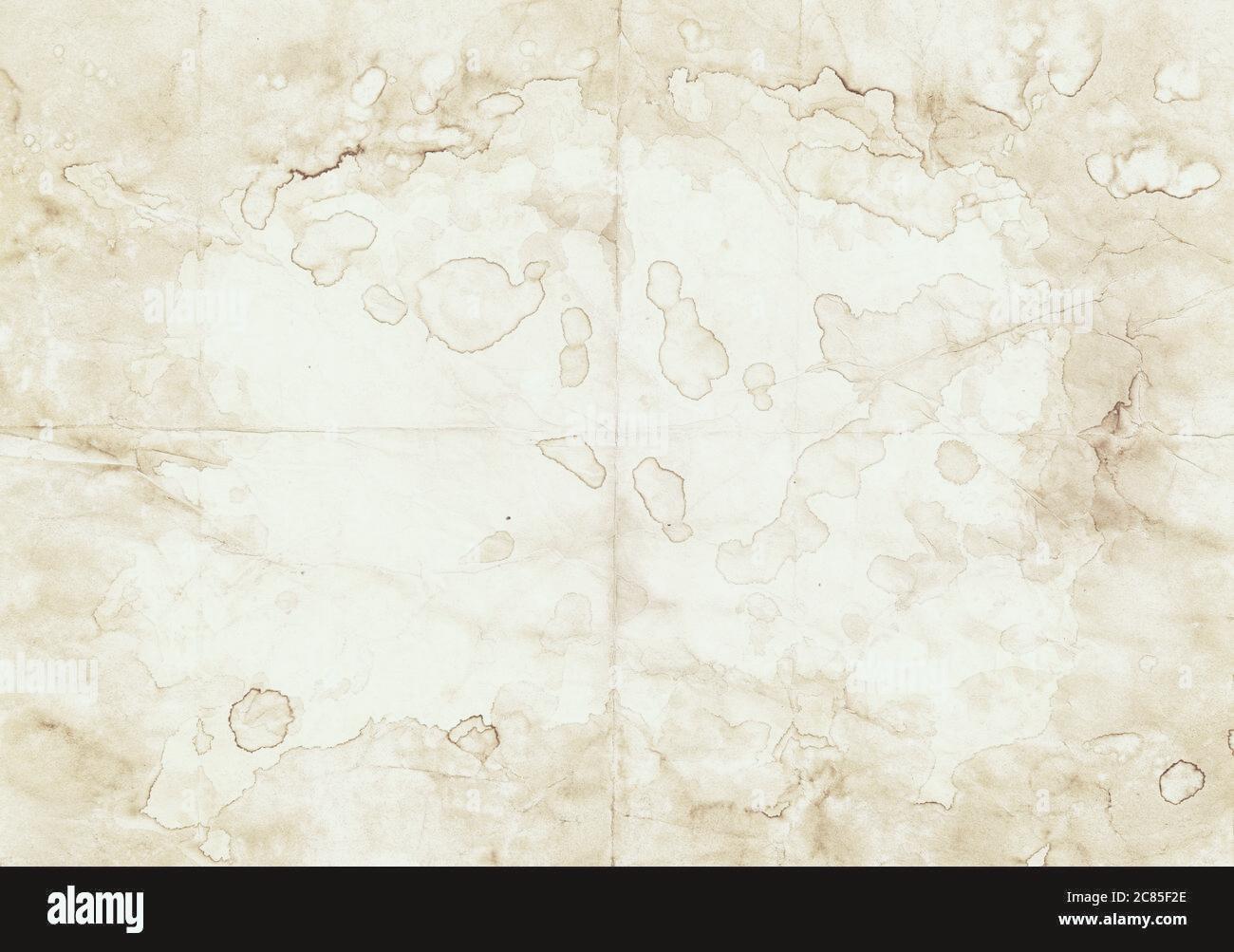
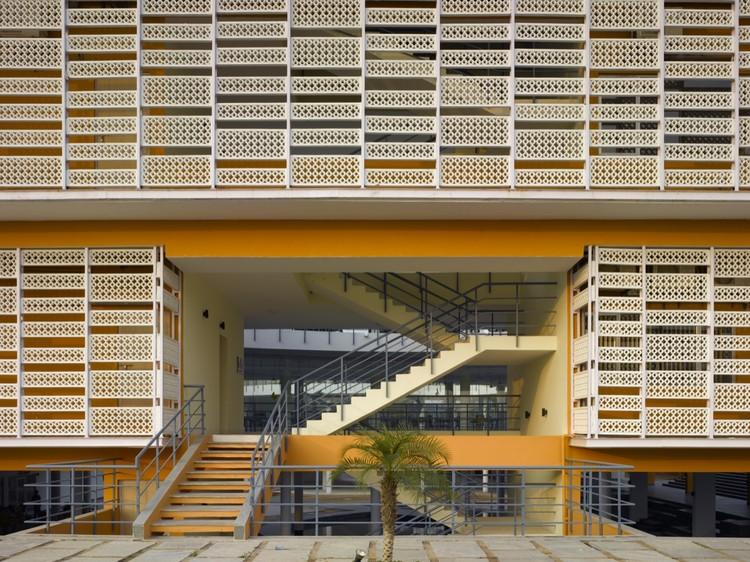


French gardens, masterpieces of landscape design, are a testament to artistry and aesthetics. This presentation traces their evolution through history, exploring their origins, key characteristics, and the context that shaped them.
Roots in Cultural Renaissance: French gardens emerged during the Renaissance and Baroque periods in Europe, echoing a resurgence of cultural and artistic appreciation.
Italian Renaissance Influence: Italian Renaissance gardens inspired French aristocrats and monarchs. Elements like symmetry, axial design, and statuary found their way into French garden designs.
Palatial Setting: Typically surrounding grand palaces and châteaux, these gardens mirrored the opulence of the French royalty and nobility.
Order Amid Chaos: In an era of political and social upheaval, French gardens provided a sense of control and order through their formal, symmetrical layouts.



Temperate Blessing: The temperate European climate, especially in France, allowed diverse plant species to thrive and influenced plant choices and landscape compositions.
Ideal Terrain: The flat or gently rolling terrains of France permitted expansive formal gardens, featuring lush lawns, intricate parterres, and meticulously pruned hedges.
Aquatic Inspiration: Natural water bodies like rivers and lakes inspired the inclusion of fountains, reflecting pools, and aquatic features in French gardens.
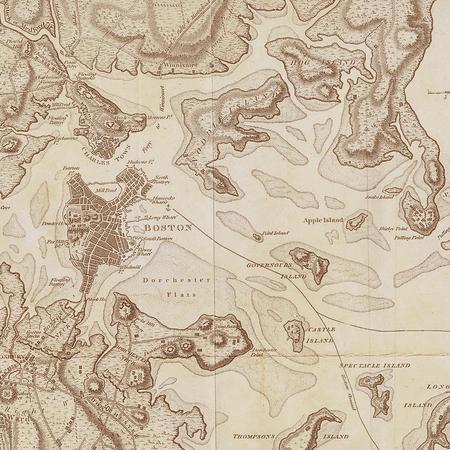
Symmetry and Geometry: French gardens are famed for their formal, symmetrical, and geometric layouts.
Intricate Parterres: Parterres, adorned with low hedges and colorful plants in intricate patterns, form visually stunning compositions.
Topiary Artistry: Meticulously pruned hedges and topiary add structural depth and living art forms to the gardens.
Sculptures and Fountains: Strategically placed sculptures, statues, and fountains enhance grandeur and visual appeal.
Terraces and Vistas: Terraces and steps create multiple levels, offering panoramic views and carefully planned vistas.
Controlled Plantings: Ornamental plantings, controlled yet essential, align with architectural elements.
Harmonious Palette: A restrained color palette of whites, greens, and soft pastels creates an elegant and harmonious ambiance.
Architectural Integration: Gardens often complement nearby structures, harmonizing the overall aesthetic.
Boundaries for Privacy: Enclosures like walls and hedges create an intimate, secluded atmosphere.


Versailles: The Gardens of Versailles epitomize grandeur with symmetrical layout and axial perspectives.
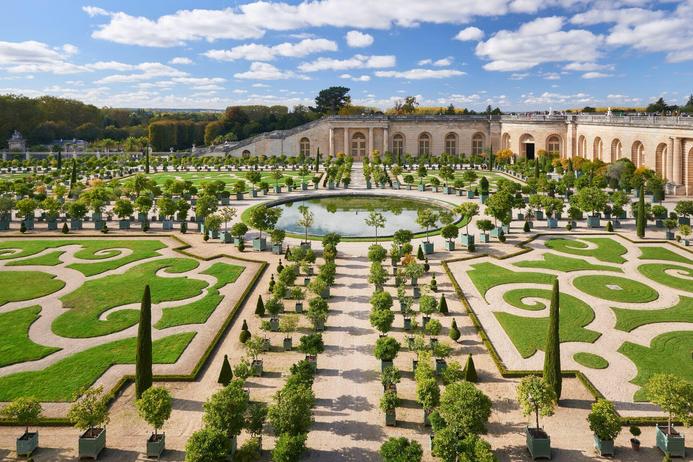
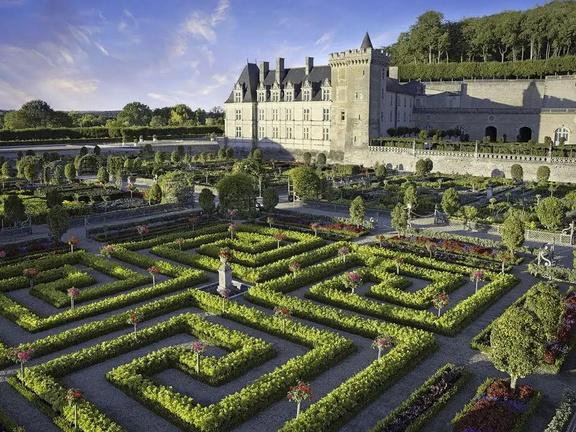
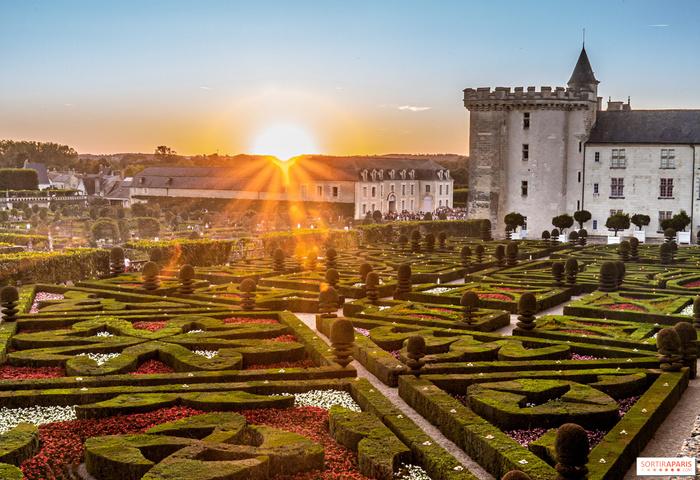
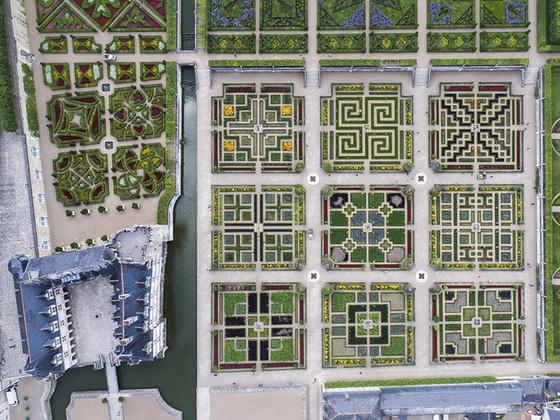

 Château de Villandry: Renowned for intricate parterre designs and geometric patterns
Château de Villandry: Renowned for intricate parterre designs and geometric patterns
Peterhof: The Palace of
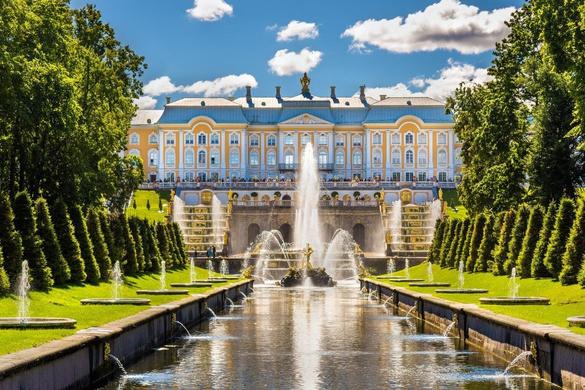

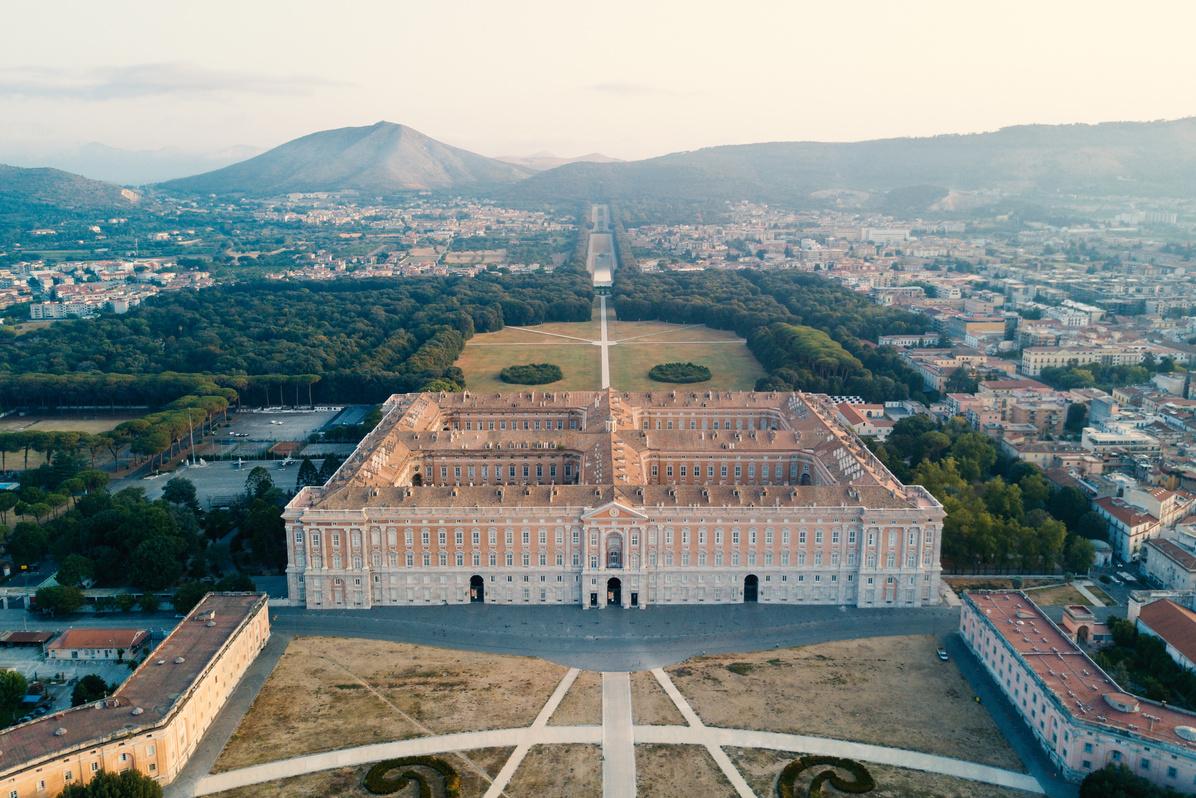
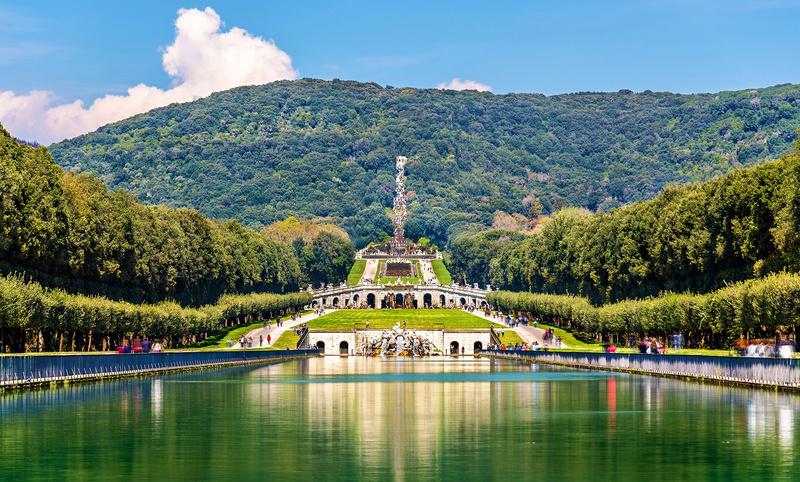
.

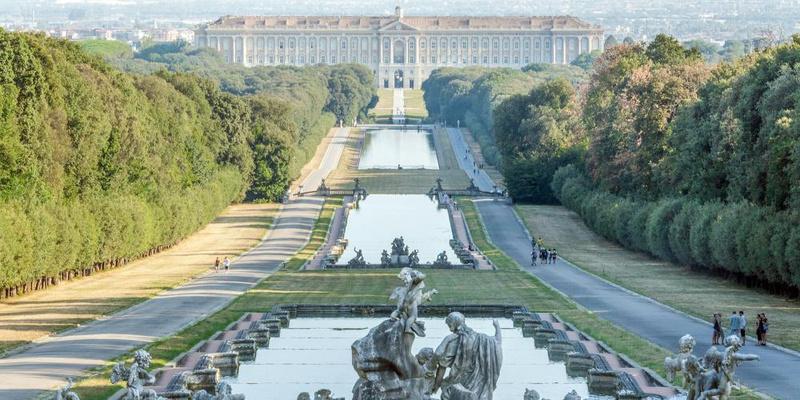

 Peterhof in Russia dazzles with sculptures, statues, and grand fountains
Palace of Caserta: Italian Palace of Caserta's gardens harmonize seamlessly with symmetrical architecture.
Peterhof in Russia dazzles with sculptures, statues, and grand fountains
Palace of Caserta: Italian Palace of Caserta's gardens harmonize seamlessly with symmetrical architecture.
French gardens are a fusion of artistic vision and natural beauty.
They have made a lasting impact on the world of landscape architecture.
Their evolution from the Renaissance to the present showcases the enduring appeal of order, symmetry, and the serenity of nature.
French gardens are captivating outdoor masterpieces that have stood the test of time.
Exploring their rich history and timeless beauty deepens our appreciation for the cultural, climatic, and geographical influences that have shaped them.
The legacy of French gardens continues to inspire and enchant, highlighting the enduring power of artistry in the great outdoors.
